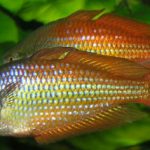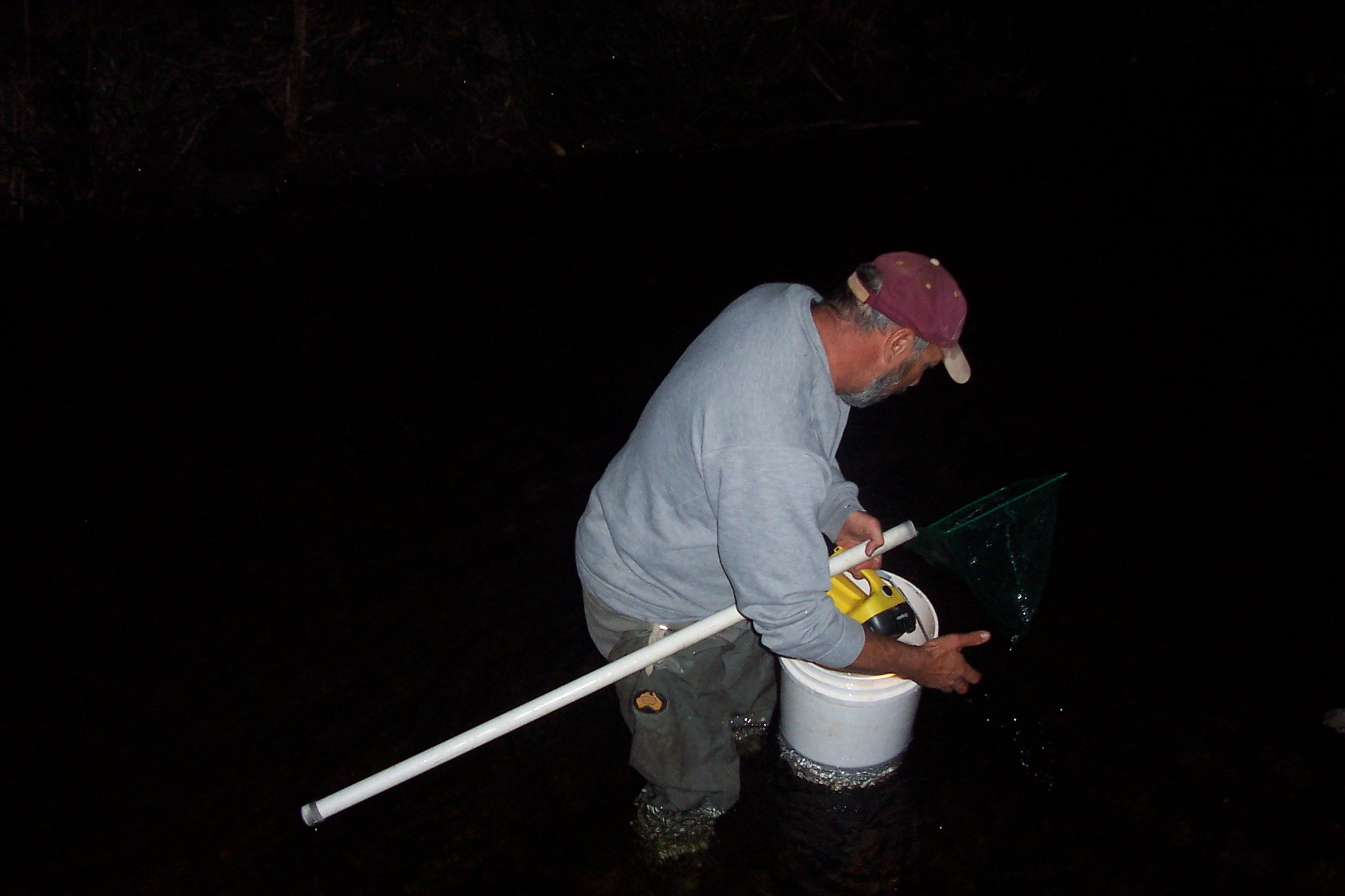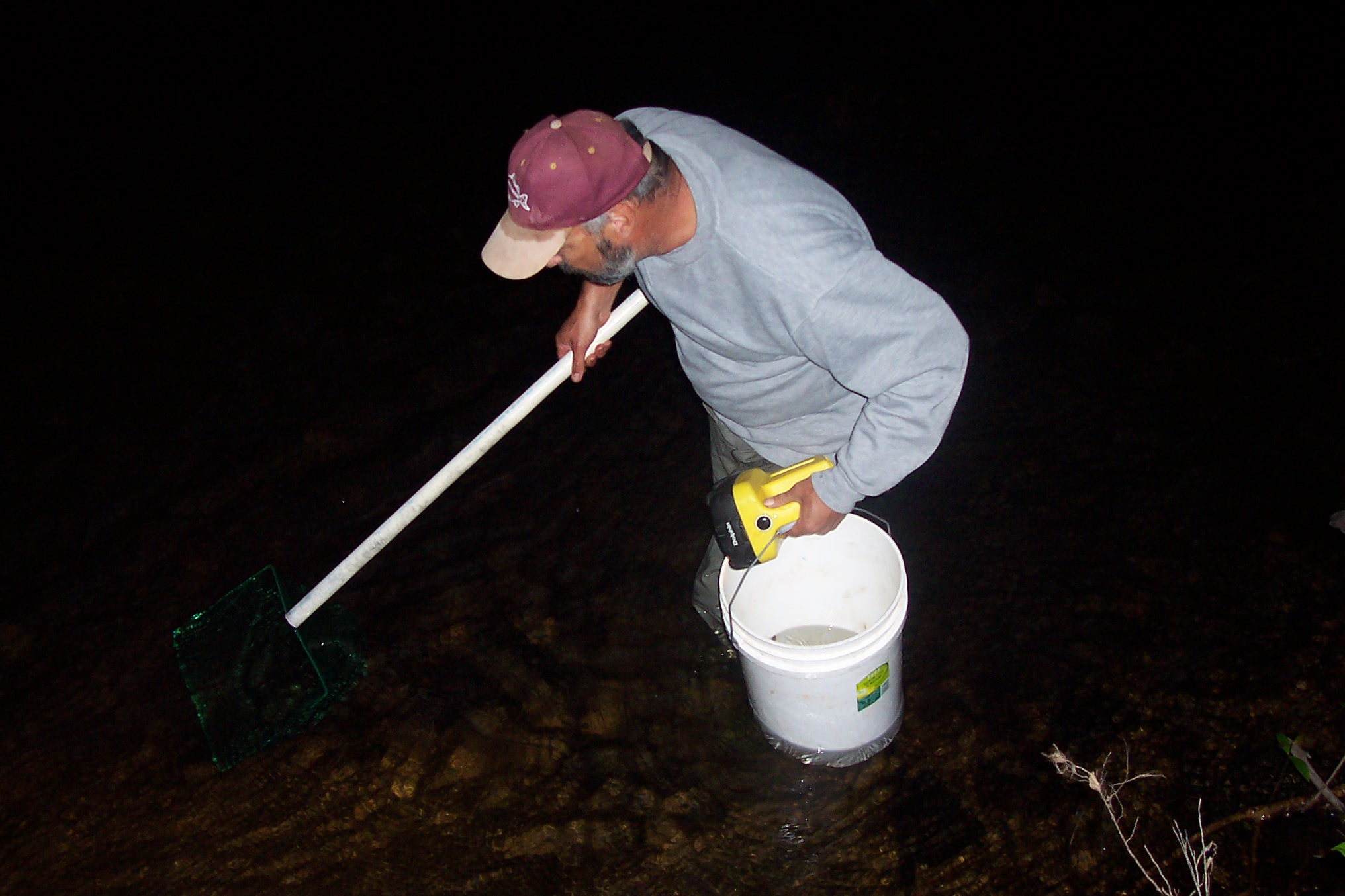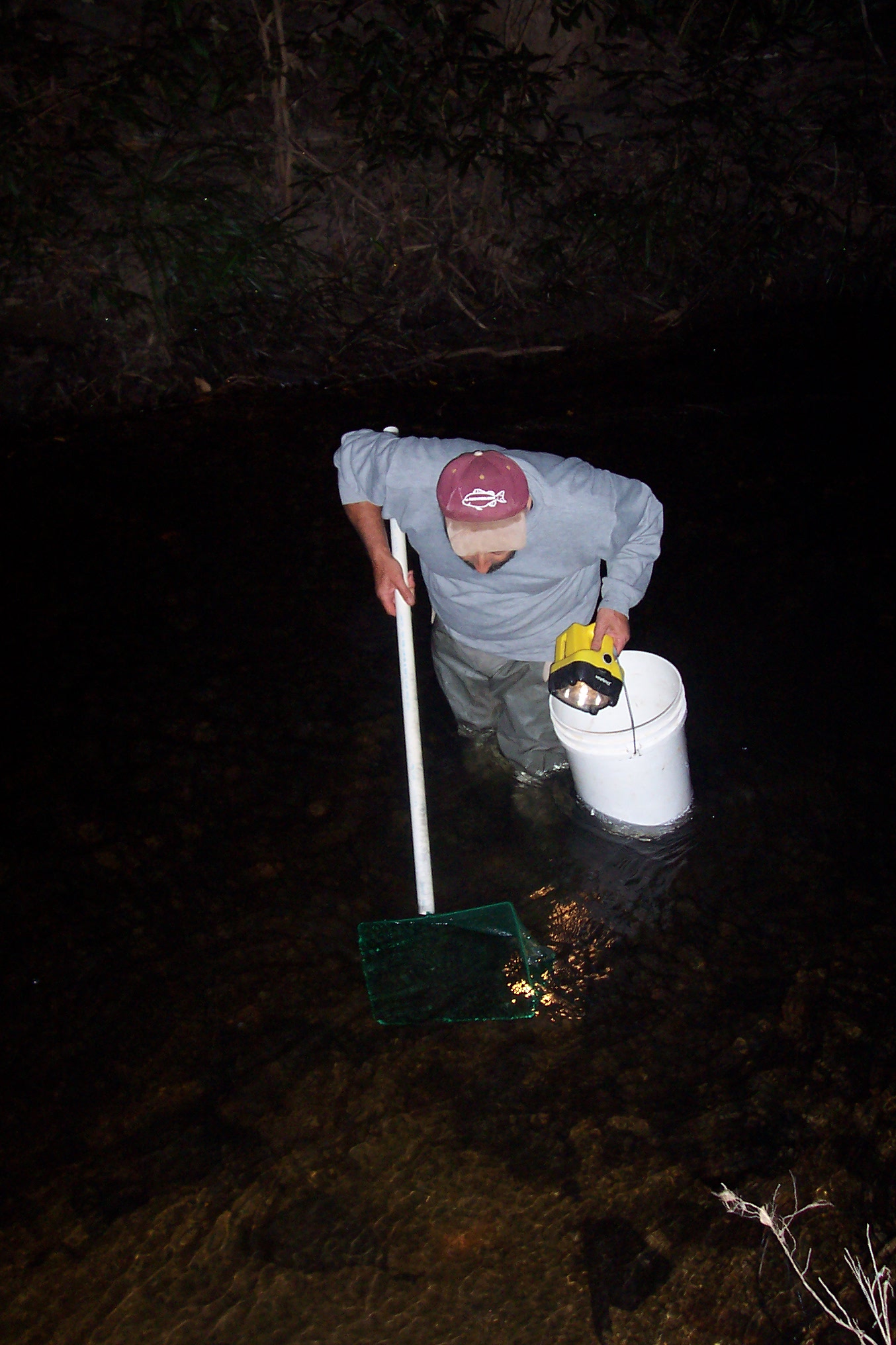The easiest fish to use for mosquito management in small ponds and dams are firetail gudgeons.
Larger species, such as perch, will eat mosquito larvae when they are young fish, but once they grow bigger they are not effective at reducing mosquito wrigglers. Larger fish don’t hunt small prey.
Firetail gudgeons only grow to about 4-5cm and are prolific breeders in ponds and dams. They will establish a balanced population in most garden ponds, farm dams, lakes etc. Native to most parts of the north east coastal areas of Australia there is minimal environmental risk if these fish are stocked to manage mosquito larvae. You can catch your own in creeks near your location but be aware of the maximum you are permitted to catch (Bag limits may apply.), or you can order them direct here. Aussie Fish Aquatics can have them delivered to your door in most areas.
Water temperate: 10°C – 30°C

Native glass fish, Ambassis Sp
Ambassis, or glass fish are also an excellent species to use for the control mosquito larvae, (wrigglers). Ambassis are another of the smaller species that will not grow big, and will always consume mosquito wrigglers.
This species is native to most creeks and rivers in Queensland down to the Murray River. They will breed and establish a balanced population in most garden ponds, farm dams, lakes etc. You can catch your own in creeks near your location but be aware of the maximum you are permitted to catch (bag limits may apply.), or you can order them directly from Aussie Fish Aquatics Order from here.
Water temperature range: 5c – 35c

Rainbow fish, Melanotaenia species
Rainbows are another species that love to eat mosquito larvae.
Most streams in Northern Australia have Australian rainbows in them. The southern-most river system to contain rainbows is the Murray-Darling River Basin. Each stream has a unique colour morph. It may be a disaster to stock a pond or farm dam with the wrong colour morph. If they were to escape and breed with the local colour morph, your local colour morph could be lost forever. Below are a few examples of the different colours found in different locations. Click on the picture to enalrge.





The best way to get the right colour morph is to catch your own. It is legal in Queensland for you to catch a small number from your local streams and stock them in your dam. The best way to find your local colour morph is to follow the down-hill fall of the land from your property to the first creek or river. If the spot you find is not suitable for collecting rainbows, check a map of your area and find yourself a site on the same creek or river that you can collect from. Choose a location as close as possible to your property. Some river systems are quite large, and may contain different colour morphs at different points.
They are easiest to catch at night. Just use a 20ltr bucket, with about 10cm of water in the bottom. You need the 20ltr bucket to stop them from jumping out. Add about a level tea spoon of cooking salt, (not table salt) to the water in the bucket. With a good torch, such as a “Dolphin” the rainbows are easy to spot as they drift in the eddies or near the edge of a steep bank. Use a long handled fine net. A 10 or 12 inch aquarium net is ideal. Use some plastic pipe to extend the handle, such as electrical conduit. Just squeeze the loop at the end of the handle until it slides tightly down the pipe. SEE PICTURES BELOW
Don’t charge at the fish as the ripples you make or any sound on the creek bed will spook the fish. When approaching a fish, have your net deep in the water. Slowly lift the net up from under the fish and carefully put them in the bucket. Don’t handle the fish as this may cause damage to the fishes slime coating resulting in the fish becoming infected with bacteria. The slime, (mucus) is an important part of the fishes natural immune system.
Don’t catch too many as this will overload the bucket resulting in loss of oxygen, and dead fish.
They should be released in you dam as soon as possible. Rainbows will quickly establish a self maintaining, stable population in your dam from just a few fish. 20 fish will quickly fill a farm dam, and for a garden pond even less fish are needed to establish a stable population.
It is illegal to sell any of your wild caught rainbows. Even the off-spring can’t be sold with out the appropriate authority from the department of Primary Industries and Fisheries. You should also check how many you are permitted to collect.
It is illegal to stock the wrong fish.
In Queensland, (and most Australian states,) unlawful stocking under section 90 of Fisheries Act 1994, can attract fines up to 2000 penalty units each unit is $75. If hatchery operator sells fish knowing that that they were going to be released into a water where they are not permitted, that can be investigated under section 7 of the criminal code.
 Request a Quote!
Request a Quote!


